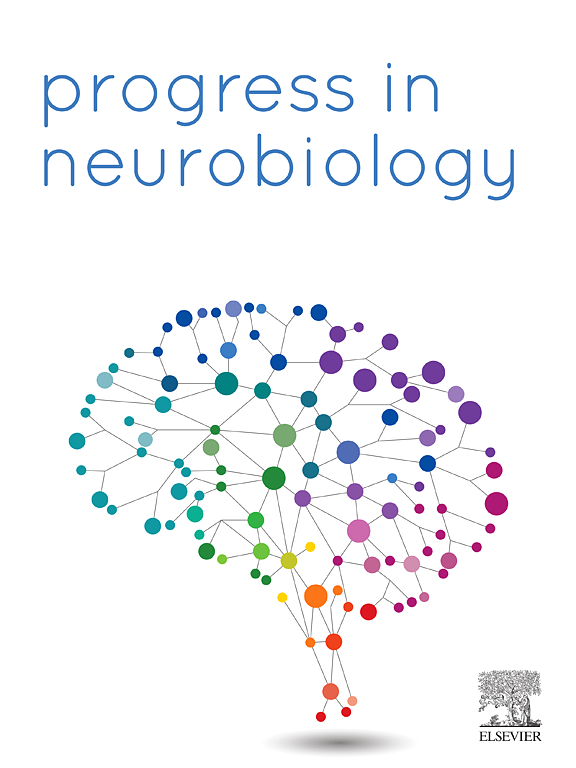Switching state to engage and sustain attention: Dynamic synchronization of the frontoparietal network
IF 6.1
2区 医学
Q1 NEUROSCIENCES
引用次数: 0
Abstract
Sustained attention (SA) is essential for maintaining focus over time, with disruptions linked to various neurological and psychiatric disorders. The oscillatory dynamics and functional connectivity in the dorsal frontoparietal network (dFPN) are crucial in SA. However, the neuronal mechanisms that control the level of SA, especially in response to heightened attentional demands, remain poorly understood. To examine the role of rhythmic synchronization in the dFPN in SA, we recorded local field potential and single unit activity in ferrets that performed the 5-Choice Serial Reaction Time Task (5-CSRTT) under both low and high attentional load. Under high attentional load, dFPN exhibited a pronounced state shift that corresponded with behavioral changes in the animal. Prior to the onset of the target stimulus, animals transitioned from a stationary state, characterized by frontal theta oscillations and dFPN theta connectivity, to an active exploration state associated with sensory processing. This shift was indexed by a suppression of inhibitory alpha oscillations and an increase in excitatory theta and gamma oscillations in parietal cortex. We further show that dFPN theta connectivity predicts performance fluctuations under high attentional load. Together, these results suggest that behavioral strategies for maintaining SA are tightly linked to neuronal state dynamics in the dFPN. Importantly, these findings identify rhythmic synchronization within the FPN as a potential neural target for novel therapeutic strategies for disrupted attention.
转换状态以吸引和维持注意力:额顶叶网络的动态同步。
持续注意力(SA)对于长期保持注意力至关重要,其中断与各种神经和精神疾病有关。背侧额顶叶网络(dFPN)的振荡动力学和功能连通性在SA中至关重要。然而,控制SA水平的神经元机制,特别是对高度注意需求的反应,仍然知之甚少。为了研究节奏同步在SA dFPN中的作用,我们记录了在低注意负荷和高注意负荷下执行5-Choice系列反应时间任务(5-CSRTT)的雪貂的局部场电位和单单元活动。在高注意力负荷下,dFPN表现出明显的状态转移,这与动物的行为变化相对应。在目标刺激开始之前,动物从以额叶θ波振荡和dFPN θ波连接为特征的静止状态过渡到与感觉加工相关的主动探索状态。这种转变是通过抑制抑制性α振荡和增加顶叶皮层的兴奋性θ和γ振荡来指示的。我们进一步表明,dFPN theta连接可以预测高注意力负荷下的性能波动。总之,这些结果表明维持SA的行为策略与dFPN中的神经元状态动力学密切相关。重要的是,这些发现确定了FPN内的节律同步是注意力中断的新治疗策略的潜在神经靶点。
本文章由计算机程序翻译,如有差异,请以英文原文为准。
求助全文
约1分钟内获得全文
求助全文
来源期刊

Progress in Neurobiology
医学-神经科学
CiteScore
12.80
自引率
1.50%
发文量
107
审稿时长
33 days
期刊介绍:
Progress in Neurobiology is an international journal that publishes groundbreaking original research, comprehensive review articles and opinion pieces written by leading researchers. The journal welcomes contributions from the broad field of neuroscience that apply neurophysiological, biochemical, pharmacological, molecular biological, anatomical, computational and behavioral analyses to problems of molecular, cellular, developmental, systems, and clinical neuroscience.
 求助内容:
求助内容: 应助结果提醒方式:
应助结果提醒方式:


